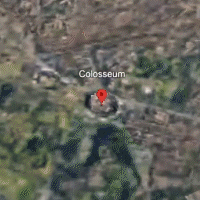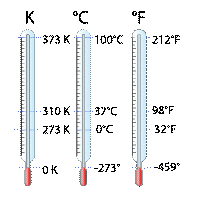
$3.99
Construction Site Math: Ratios
In this real-world application of ratios, students will learn what a ratio is, including ratios with three terms. They will see different ways of writing ratios, including fractions in simplest form.








